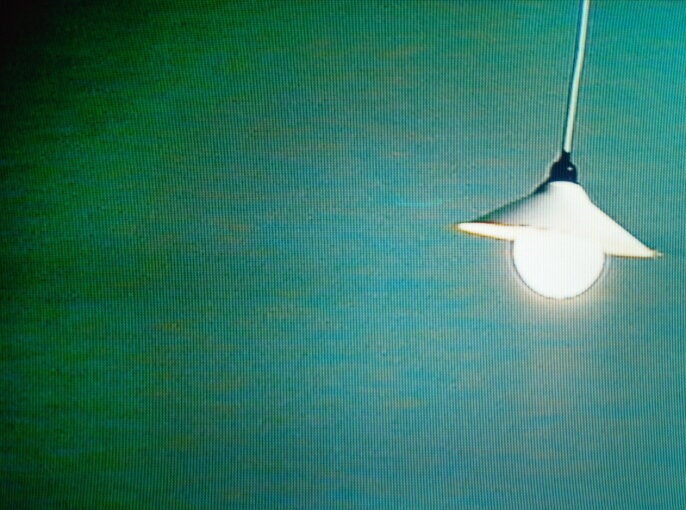
"Everything which decreases the sum total of man's sleep, increases the sum total of man's capabilities," Thomas Edison once remarked. "There is really no reason why men should go to bed at all." We, his children, work hard to fulfill his dream by making great use of artificial illumination even on these long summer days. As I observe in my book, Brilliant: The Evolution of Artificial Light, such extravagance would have astonished my ancestors, most of whom would have been grateful not to bother with the fuss and stink of kerosene or candles. Light for them was always a chore -- it's because of Edison and his filament bulb, dependably there at the flick of the switch, that I rarely think about light.
It is, after all, my constant companion, even when all my own lamps are dark. Although I live on a back street in a modest Maine town, there is so much light pollution that I can walk through the house at 3 a.m. without turning on my own lights. Sometimes I mistake a far streetlight for a rising moon, which would have pleased one Italian futurist of the early twentieth century, who decreed: "Let's Kill the Moonlight!" By the time of that declaration, the industrial world had embraced incandescent light, which had increased exponentially in American homes and on its streets since its first public display at Edison's Menlo Park lab in 1879.
Although the filament bulbs produced at Menlo Park were dim by contemporary standards, at the time they seemed so brilliant that incandescent light was declared to be a rival of the sun. Edison's mathematician, Francis Upton, saw it for what it really was: a rival of gaslight. But the comparison of the electric bulb to the sun would persist into the 20th century, when General Electric claimed its Mazda bulb was "The Sun's Only Rival." In a way, it was more than the sun's rival, for incandescent light had come to mean much more than illumination: it was inextricably allied with modernity, with the future.
In the ensuing decades light begot more light, and begets more light still, for the more we become accustomed to, the more we believe we need: for safety, for ease, for a sense of ourselves and our surroundings. And although such overabundant light is problematic in our age of energy consciousness, a substantial discussion concerning the use of less public and private illumination has taken second place to the more prominent campaign urging us to replace our incandescent suns with other, colder fluorescent suns, even though the adoption of compact fluorescent light is only trading one commodity for another. And however much more energy efficient cfls may be, they still buzz and flicker, and we have not truly begun to address how to properly dispose of the mercury in them.
Perhaps it's easier to adopt a problematic alternative than to live with less light, for with our abundant illumination - as with our easeful travel - we measure the expansiveness of our lives. All our light allies us with infinite possibility. We have defeated the night. But using less light would not only reduce energy use, it would mitigate light pollution, which not only affects our perception of the night sky, the work of astronomers, and the quality of our sleep; it compromises the migration of birds, the ability of nocturnal animals to hunt and hide, and myriad other goings on in the natural world.
Since we share light in our public spaces, and our own lights often trespass beyond our property lines, its reduction has to be a concerted civic and individual effort, requiring that we also make the most of the light we use by adopting more intelligent designs: for instance, shielded streetlights that cast light downward only, so that less light goes where it isn't wanted (bedroom windows, into the night sky). The long, languid evenings of summer mark a good time to begin this new age of less. We could ease our reluctant selves into the changing light so that by the time the quick, efficient sunsets of winter come round, we might realize there's no rival to the sun's complexity, or to the magnitude of the night, and we'd be ready to welcome the subtleties of less light even in the dark of the year.